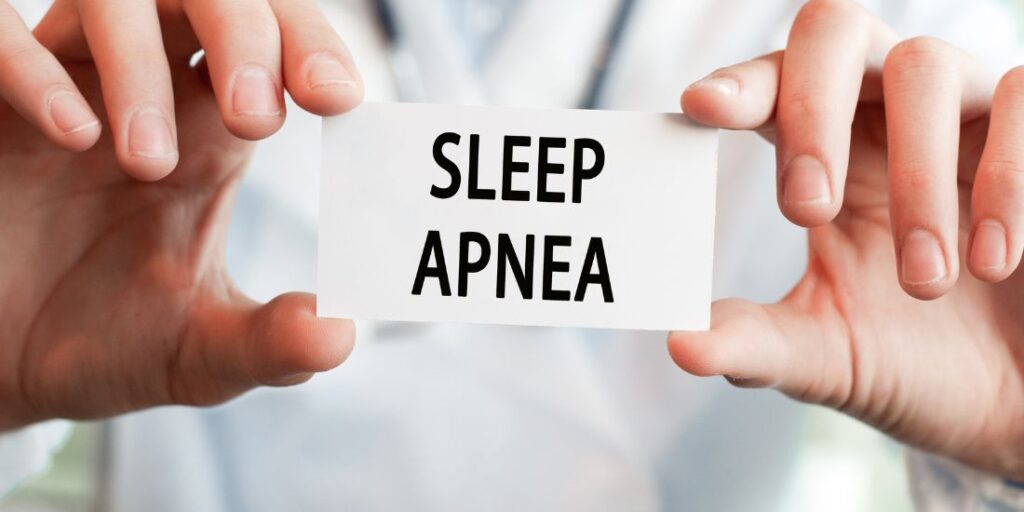Sleep apnea is a common but serious sleep disorder where a person’s breathing is briefly and repeatedly interrupted during sleep. The word “apnea” refers to a pause in breathing that lasts for at least ten seconds. This condition not only disrupts sleep quality but also affects the overall health and well-being of those affected. In this article, we delve into what exactly happens during a sleep apnea episode, its implications, and why it’s important to address this condition promptly.
The Mechanics of a Sleep Apnea Episode
Sleep apnea episodes can occur due to two main reasons: obstructive sleep apnea (OSA) and central sleep apnea (CSA). OSA is the more common of the two and happens when the muscles in the back of the throat fail to keep the airway open, despite efforts to breathe. CSA, on the other hand, occurs when the brain fails to send signals to the muscles that control breathing due to instability in the respiratory control center.
During an episode of obstructive sleep apnea, an individual’s airway becomes partially or completely blocked. This blockage can occur due to several reasons such as obesity, which leads to excess tissue at the back of the throat, or anatomical differences such as a large tongue or tonsils. Initially, as the airway narrows, breathing becomes shallow and may completely stop, leading to an apnea event.
The Sequence of an Apnea Event
The sequence of events in an apnea episode typically unfolds as follows:
- Sleep Onset: As a person falls asleep and transitions from a light to a deeper sleep, muscles in the body, including those in the throat, relax.
- Airway Obstruction: For individuals with OSA, this relaxation causes the throat muscles to collapse and obstruct the airway. In cases of CSA, the brain does not send adequate signals to maintain breathing.
- Breathing Interruption: The airway obstruction results in a significant reduction or complete halt in airflow into the lungs. The oxygen level in the blood starts to drop as a result.
- Physiological Response: The body responds to the reduced oxygen levels by momentarily waking up (often so briefly that the person does not remember it). This arousal tightens the muscle tone in the upper airway again and opens the airway.
- Resumption of Breathing: Breathing starts again with a loud gasp, snort, or body jerk. These episodes can occur hundreds of times a night, significantly disrupting the person’s sleep cycle.
Implications of Repeated Apnea Episodes
Frequent interruptions in sleep cause multiple problems. Most immediately, they prevent the person from achieving deep, restful phases of sleep, leading to excessive daytime sleepiness, fatigue, and impaired concentration. Over time, untreated sleep apnea can lead to more serious health issues such as cardiovascular diseases, including hypertension, heart attacks, and strokes. It can also worsen diabetes and lead to cognitive impairments.
Why It’s Crucial to Treat Sleep Apnea
It’s essential to treat sleep apnea not only to improve sleep quality but also to prevent these long-term health complications. Treatments range from lifestyle changes and using breathing devices such as CPAP machines to surgery in severe cases.
Why You Need To Know What Is Happening
Understanding what happens during a sleep apnea episode provides crucial insights into why it’s important to not dismiss snoring as just a nuisance but potentially a sign of a deeper health issue. Recognizing the symptoms early and seeking appropriate treatment can significantly improve one’s quality of life and long-term health prospects. Regular check-ups, maintaining a healthy weight, and avoiding alcohol before bedtime can help manage or even prevent this condition. By addressing sleep apnea, individuals can regain a good night’s sleep, leading to better health and well-being.

